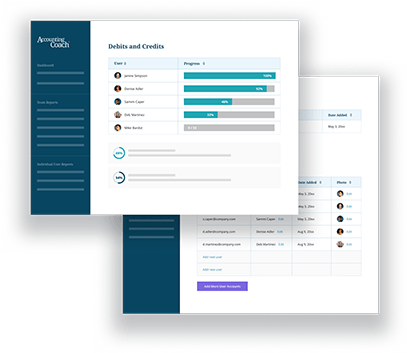Definition of Bonds Payable
Bonds payable are formal, long-term obligations that promise to pay interest every six months and the principal amount on the date the bonds mature/come due. It is common for bonds to mature 10 or more years after the date they are issued.
Example of Bonds Payable Maturing within One Year of the Balance Sheet Date
Bonds that will be maturing within one year of the balance sheet date will be reported as a current liability but only if the issuer of the bonds must use a current asset or will create a current liability in order to pay the bondholders when the bonds mature.
Note that the bonds maturing within one year of the balance sheet date can continue being reported as a long-term (noncurrent) liability right up to the maturity date if one of the following situations exist:
- The company has a sufficient, long-term investment that is restricted for the purpose of paying the bondholders the maturity amount of the bonds when they come due. Typically, this investment is known as a bond sinking fund.
- The company has a binding agreement that guarantees that the existing bonds will be refinanced by issuing new bonds, another long-term liability, or by issuing shares of stock.
It appears the focus is on the company’s working capital (current assets minus current liabilities). If the company will be able to pay the principal amount at maturity without affecting its working capital (using current assets or increasing its current liabilities) the bonds payable can continue to be reported as a long-term liability until the maturity date.




